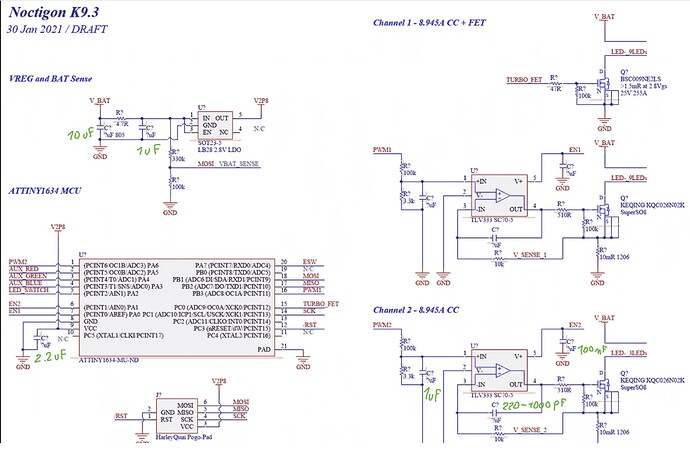I think your words are combining three separate factors. (or Im confused and or dont undertstand your questions)
Linear 7135 chip,
Direct Drive FET chip, and
Percent of Pulse Width Modulation
Lets see if I can help unpack those factors with you, using the driver in a Wurkkos TS10 as an example.
The Wurkkos TS10 driver has both a Linear 7135 chip, and a Direct Drive FET, and it uses PWM to control the output from either chip.
In the TS10, the 7135 provides the linearly regulated lower modes, up to about 100 lumens
linear outputs of 100 lumens or less, will maintain a steady (straight linear) brightness, even while the battery voltage drops.
PWM is used to change the brightness during 7135 linear operation.
Plus a Thermal Sensor is used to limit the 7135 if components exceed a set temperature.
In the TS10, at outputs above about 100 lumens, the Linear 7135 is Off and the Direct Drive FET is On. The FET output is not linear, the LED gets dimmer as the battery voltage drops lower.
PWM is used to change the brightness during FET operation.
Plus a Thermal Sensor is used to limit the FET if components exceed a set temperature.
hopefully I got some of that right… here are a couple of links that can explain it better than I can:
Understanding the difference between Linear, Buck, Boost and Direct Drive drivers
and
FET+7+1 driver
Does any of that help to clarify what youre trying to figure out? 
